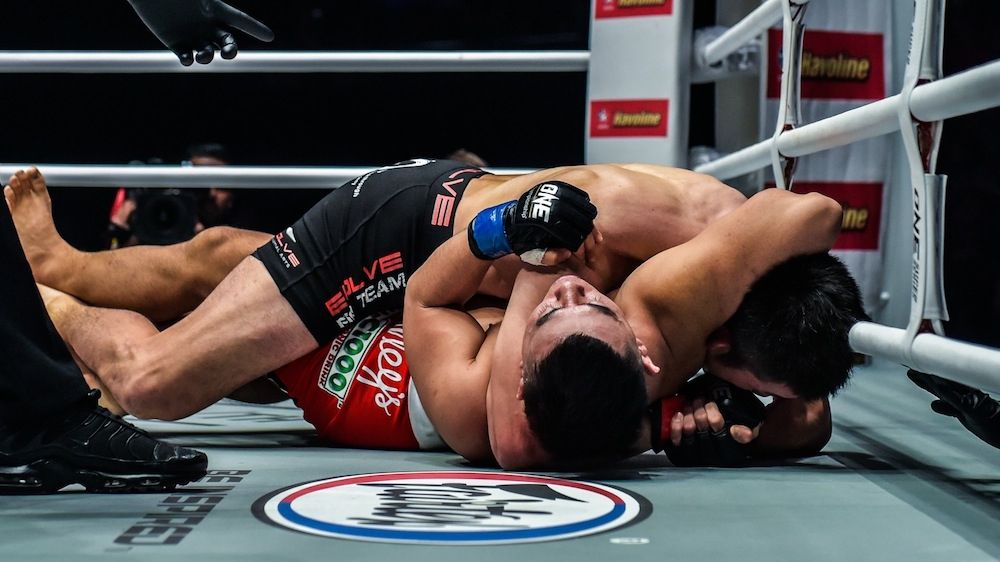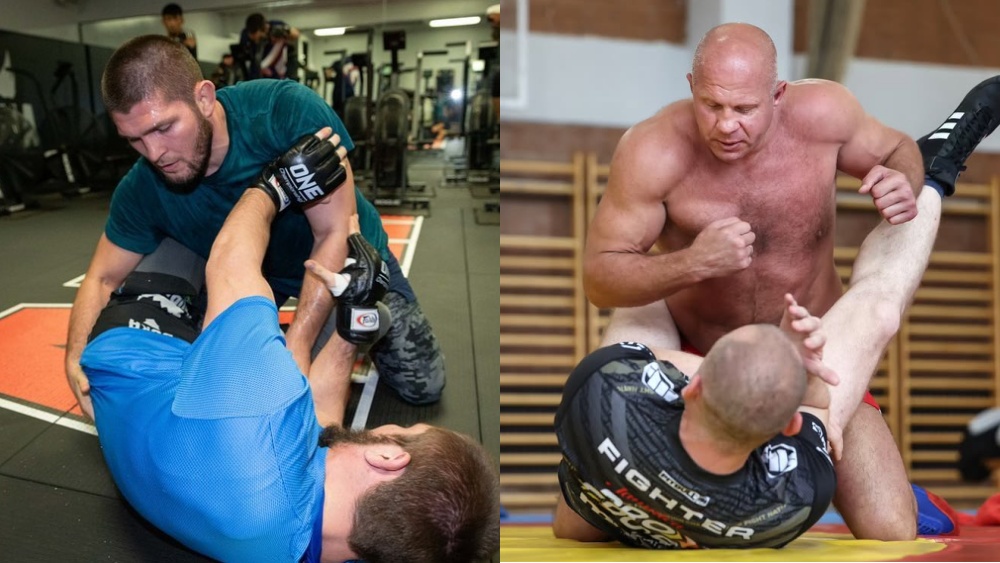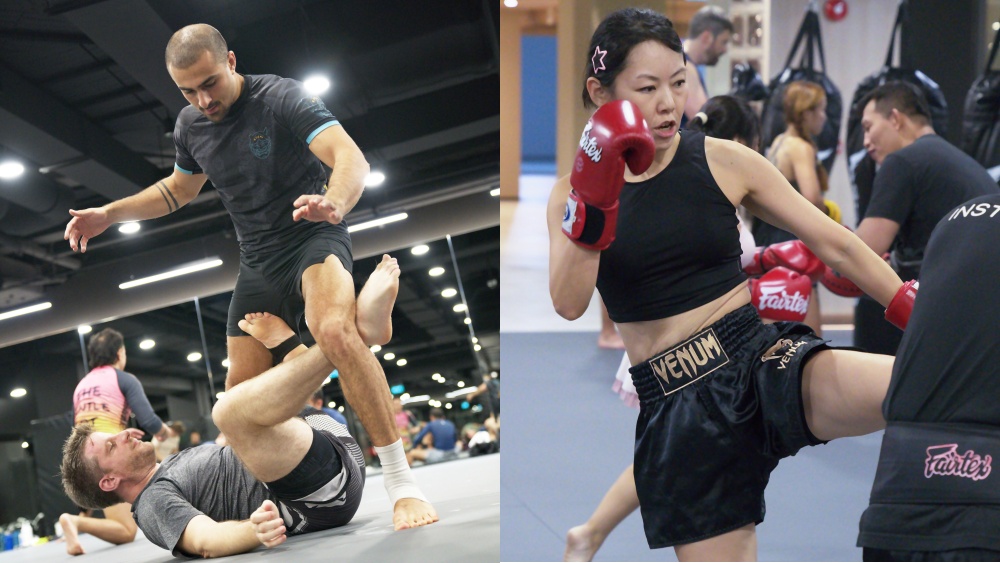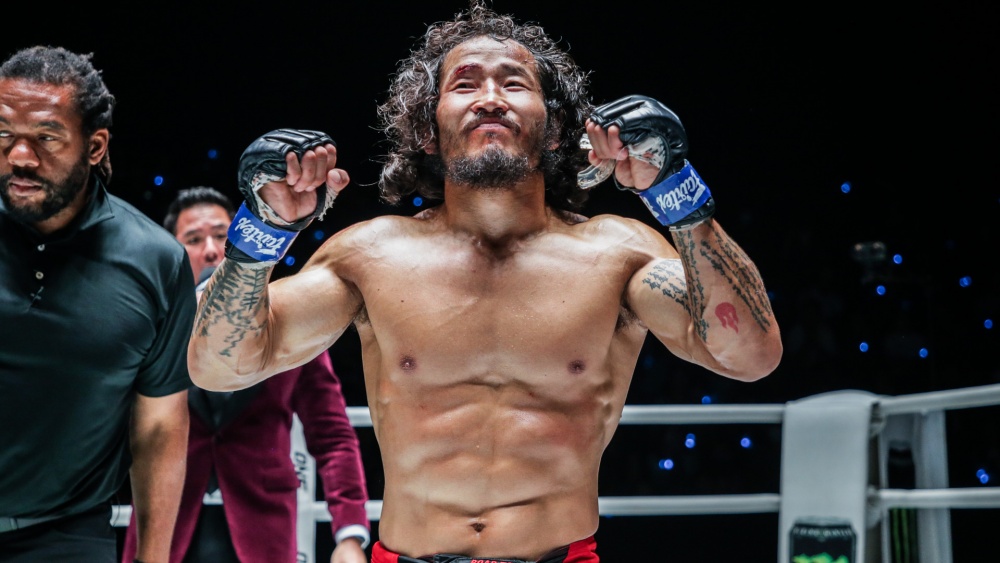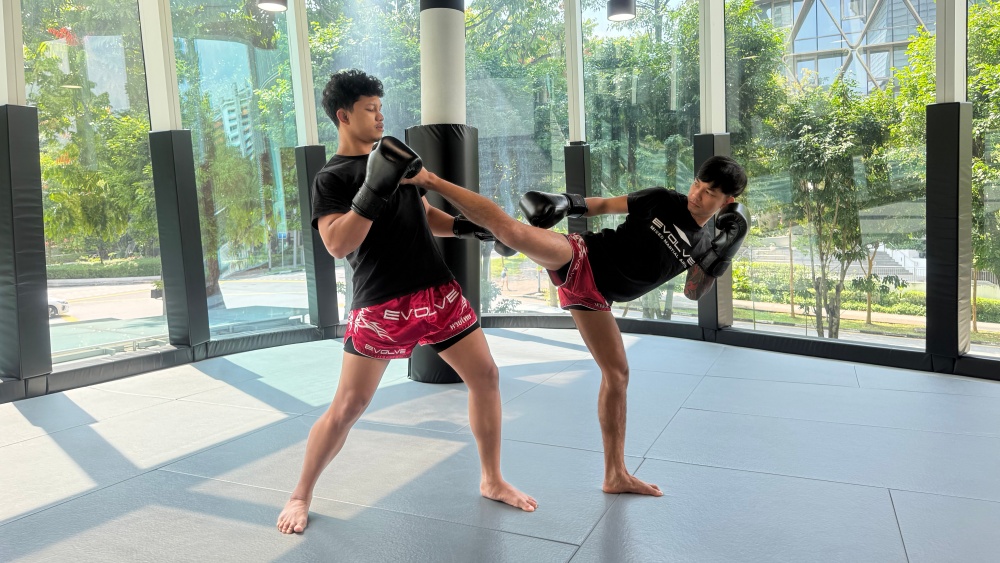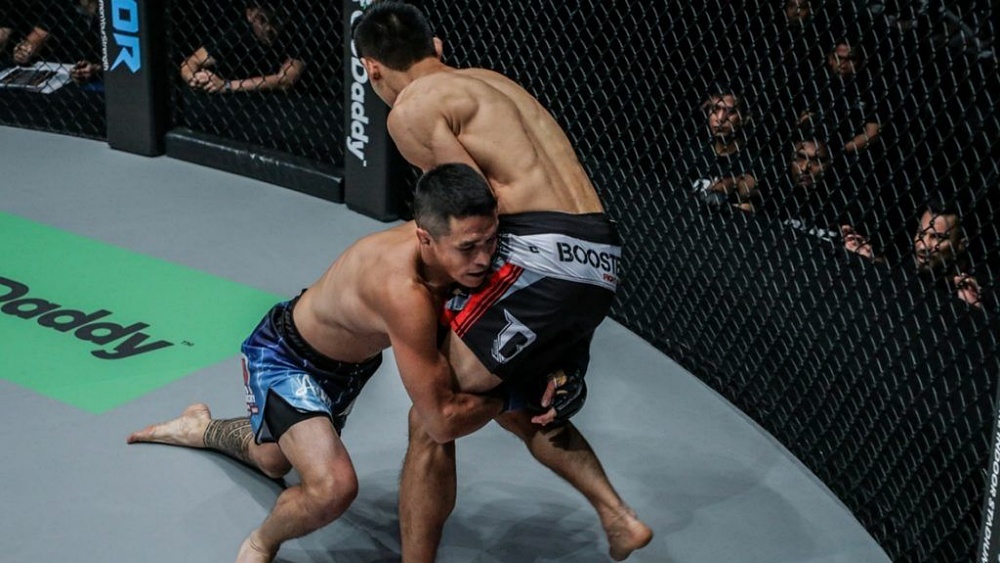In MMA, fights always start on the feet and almost always go to the ground.
Thus, there is no doubt that being able to fight on your feet is essential, but your ground game is equally important. Without the ability to grapple, your opponents will instead be wiping the floor with you, in some cases literally. A quick glance at famous UFC champions will verify the importance that the ground game plays in the sport, with fighters like Daniel Cormier, Henry Cejudo, and Khabib Nurmagomedov often relying on their ability on the floor to excel.
When it comes to your ground game, top control is essential to maintaining control over an opponent.
Below, we’ll take a look at a few basic principles that can improve your top control.
Understanding The Basics
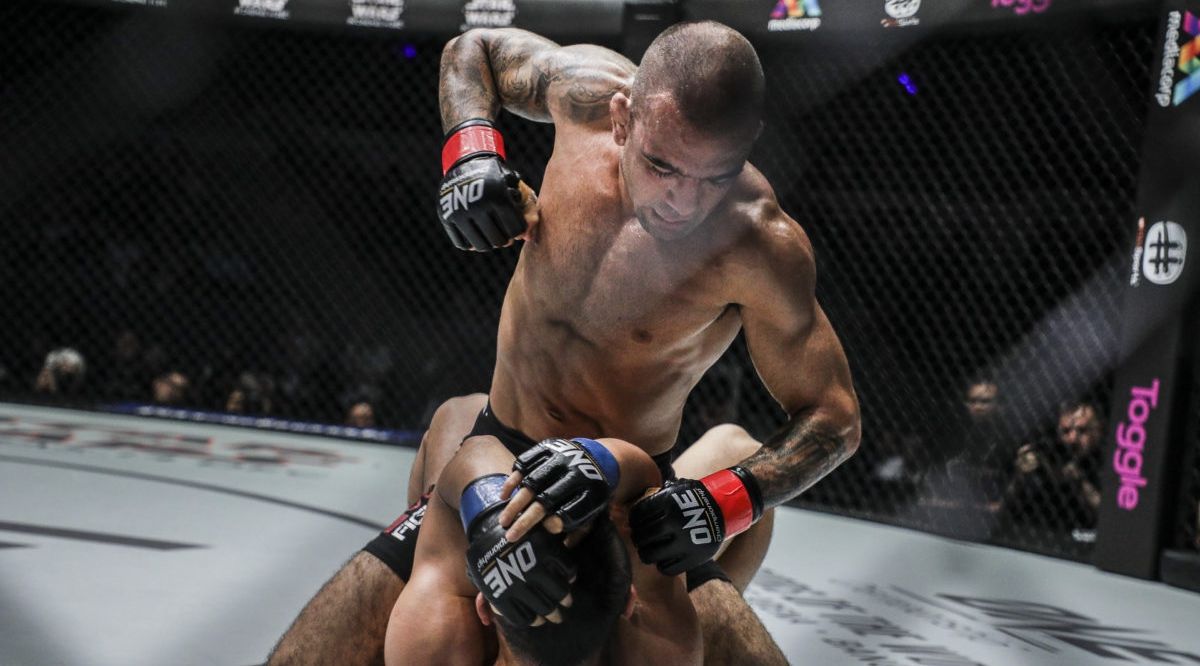
The number one thing to remember no matter what is that you have to stay calm at all costs. It sounds counter-intuitive – I mean, how can you be relaxed when somebody is trying to smash your face in? Believe it or not, it can make a huge difference in the amount of punishment you take. Furthermore, if you can’t stay relaxed, the tension will rapidly deplete your energy levels and you will quickly lose your ability to stay in charge.
In grappling there are three key areas you need to be mindful of. Balance, pressure, and power, all play their part. If you are lacking in any, you will, quite simply, get exposed by a seasoned practitioner. There are many different things you can do to improve on these points which all start on the mat. There is no fast track to success, and with anything in life, improving requires perspiration as well as inspiration.
If you have a training partner you can practice your balance by mounting them, while both having your hands behind your head. Now their task is to try to throw you off whilst you try to stay on balance without the aid of your hands. This will help you improve your balance without the aid of your arms, freeing up these limbs for an attack.
It is always important to consider that MMA differs from pure wrestling or BJJ in the sense that you need to take punches, knees, and elbows into the equation and train accordingly. Maintaining top control, therefore, requires an understanding of the technical vulnerabilities you take to to the floor. Sometimes, it is better to avoid trying to transition from a dominant top position against a more skilled grappler.
Top Control From The Low Mount
While the high mount would be more favorable in most situations, unfortunately, there are times when it is not feasible to do so.
Your opponent, while on their back and being in a vulnerable position, will be doing everything in their power to move their elbows into the inside of your legs. A skilled grappler will then look to use their elbows to force pressure in order to hip escape. From here, they will look to work into half guard and, at very least, try to make things as difficult as possible for you.
One of the ways you can give the opponent on their back a little, shall we say, persuasion, is to strike from the top. The problem here is that you may leave yourself susceptible to being held, or even having your arm taken.
When in this position – where you cannot get under the elbows – you can lock your feet in the gaps between their raised knees. By spreading your hips as far as they can go, you can create extra pressure that can be applied to the abdomen area of the opponent. What works even better here is raising your knees off the floor, in order to purchase more downward momentum.
Making It Difficult To Breathe
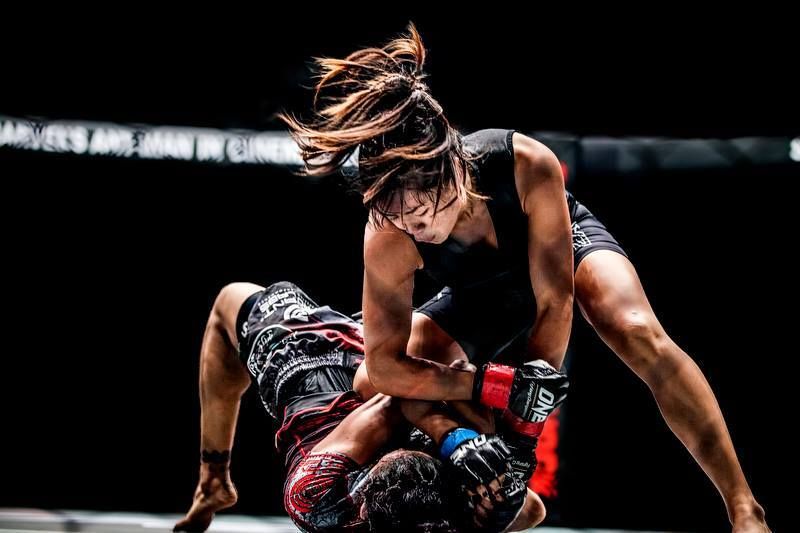
From here, crossing your ankles and pushing to the ceiling places all of your weight on the opponent’s abdomen, making it difficult to breathe. At this point, ensure you have your palms placed on the mat. Then, from here, use your right arm to slide under the opponent’s head. Move your head over to the left – with your forehead to the floor – in order to put pressure against their head.
With your left hand pushed out as far as it can reach on the floor, you use your downward pressure to avoid it being trapped. If the opponent tries to trap it, you can pull it away by using that downward pressure. If the opponent tries to roll to their left, push your pelvis down and lift your locked heels up.
Top Control From The High Mount
There are fewer things more annoying than working yourself into a dominant position on top and then being bounced off by a fighter with a good shrimping and hip game.
In MMA, the one thing that changes the landscape is your ability to use strikes to open up the stages you need to work into a more favorable position from top mount. While being sloppy with strikes can leave you vulnerable, mixing things up can help. Of course, if you trust your balance and technique, there is little that can convince like solid punches and elbows to the face.
If you use the techniques explained previously when discussing the low mount, you can move into top mount quite smoothly. By pushing down with your pelvis and directing pressure into your opponent’s abdomen, the focus will be on breathing. Punching from the top and landing elbows or forearm strikes will bring your opponent’s guard up high and this is where you can capitalize further on the control you have.
By placing your hands/fists against the floor, you can use the open space either side of your opponent as leverage to slide your hips up to your opponent’s chest. With your knees under your opponent’s armpits – and your weight planted on the upper torso – you make it almost impossible for your opponent to bridge and push you off.
Free Reign
From this position, you are as safe as it can get. You can place your weight over their face or simply smash their face with ground and pound until they give up or the referee steps in. If you are going for the submission, you have your opponent’s arms under your control. You can transition to S Mount or simply lock in for an armbar.
The one thing you need to remember is that – while it might feel like free reign to do whatever you want to do – a seasoned fighter can find a way to turn you over. If you are not careful, you could lead yourself open to the fighter on the bottom pushing their fists into your armpits and using the leverage to push you off.
If you feel that the opponent has created space for themselves, you want to revert to the low mount position and work your way back in from scratch. It is crucial that you do not give this position up, as if you do, all of your hard work is ruined.
You may also like:
